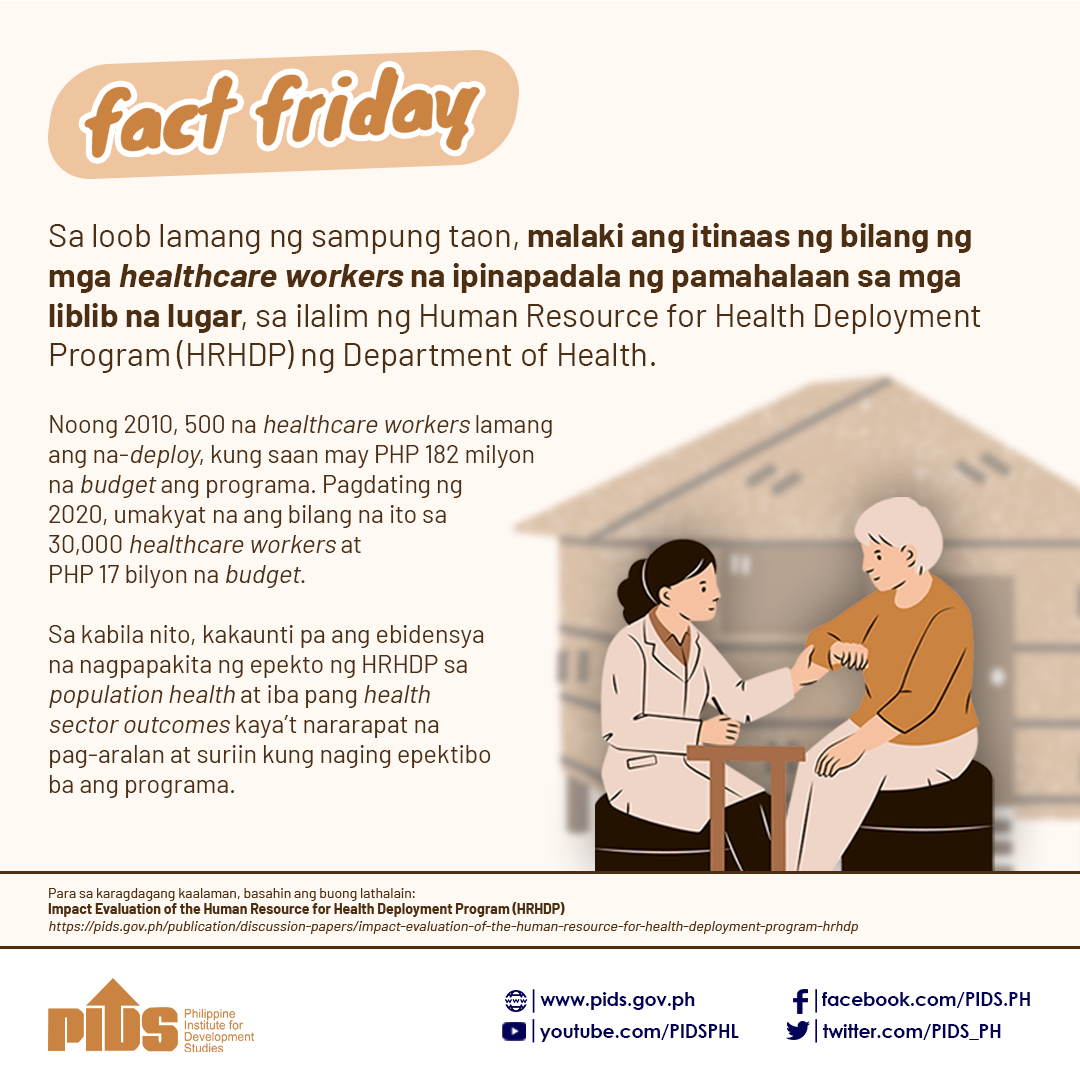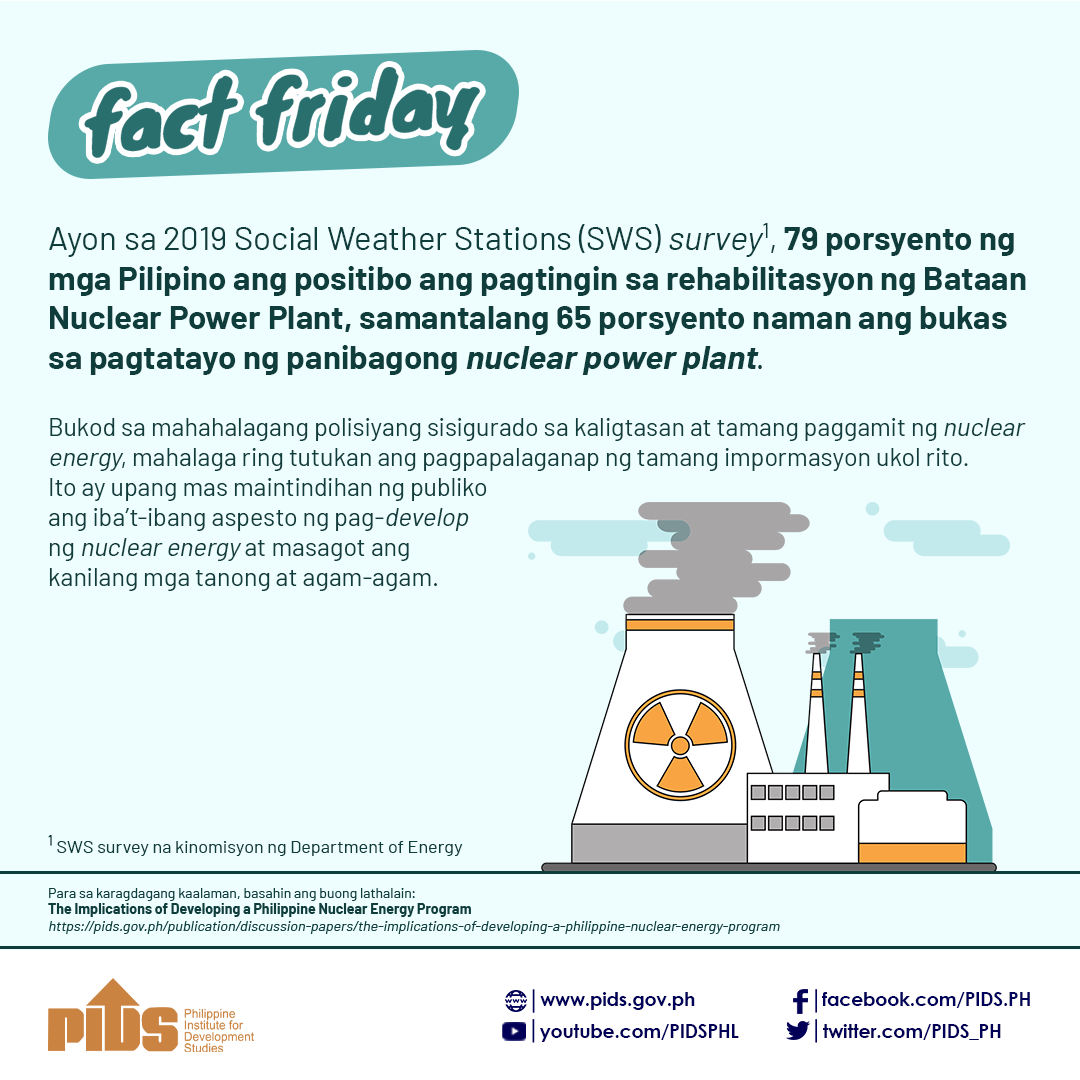The government must revisit the crop-insurance program being implemented by the Philippine Crop Insurance Corp. (PCIC), according to a study released by state-owned think tank Philippine Institute for Development Studies (Pids).
This was the main conclusion of the study, titled "Review of Design and Implementation of the Agricultural Insurance Programs of the Philippine Crop Insurance Corporation,” authored by Pids senior research fellow Celia Reyes and researchers Christian D. Mina, Reneli Ann B. Gloria and Sarah Joy P. Mercado.
"The appropriateness of the product lines being offered need to be assessed, especially since life and accident insurance, are already being offered by the private sector,” it added.
The study noted that apart from crop insurance, the PCIC also offers life and accident insurance for farmers and fishermen because of the clamor of these clients for such benefits.
Citing PCIC data, the study said the attached agency of the Department of Agriculture paid P1.19 million worth of death benefits in 2013. This is the highest since 2010, when death benefits reached P620,000.
The benefits extended are part of the PCIC’s long-term insurance plans, specifically the Agricultural Producers Protection Plan, which covers death of the insured due to accident, natural causes and murder or assault.
The study added that the other long-term insurance plans include the Loan Repayment Protection Plan (LRP2) and Accident and Dismemberment Security Scheme (ADS2).
The LRP2 guarantees the payment of the face value or the amount of the approved agricultural loan upon the death or total permanent disability of the insured borrower. The ADS2, meanwhile, covers death or dismemberment or disablement of the insured due to accident.
Further, the study said the amount of cover of the crop insurance extended by the PCIC must also be increased. It added that the amount should also cover production cost to help agricultural producers recover easily from shocks.
Pids said around 97.5 percent of rice-insurance policies of borrowing clients under the regular program have insurance cover less than the average production cost per hectare, which is roughly P40,000 based on the estimate of the Philippine Statistics Authority (PSA).
Also, a large proportion of corn-insurance policies cover less than the average cost of producing corn per hectare, which is around P25,000.
"Premium rates, especially the market-based ones such as livestock, the risks covered, and the terms and conditions of term insurance should be carefully reviewed to make sure that these are still relevant in addressing the needs of agricultural producers,” the study read.
Pids said the assessment of the amount of agriculture damage caused by typhoons, earthquakes, or other calamity must be done by "competent and considerate” adjusters so that farmers and fishermen will feel the benefit of the crop insurance.
It added that the PCIC must also communicate the assessment process properly to farmers and fishermen. An information campaign must also be conducted by the PCIC in collaboration with local government units and their partners.
The study recommended that the PCIC must provide and communicate detailed guidelines in beneficiary selection and qualification to regional offices to minimize and plug leakages in the program.
"Beneficiary selection and the enrollment process are important specifically for the fully subsidized programs, given that the current budget allocation is not enough to satisfy the total amount for the premiums.
Proper targeting should be ensured to avoid channeling funds to unintended beneficiaries,” it said.
The PCIC was created in June 1978 and was financed via the Agriculture Guarantee Fund (AGF). The AGF was transferred to the PCIC as part of the government’s contribution to its capital.
The PCIC has been mandated to provide insurance protection to agricultural producers in the Philippines against losses of crops and non-crop agricultural assets due to natural calamities, pests and diseases, and other perils.//











